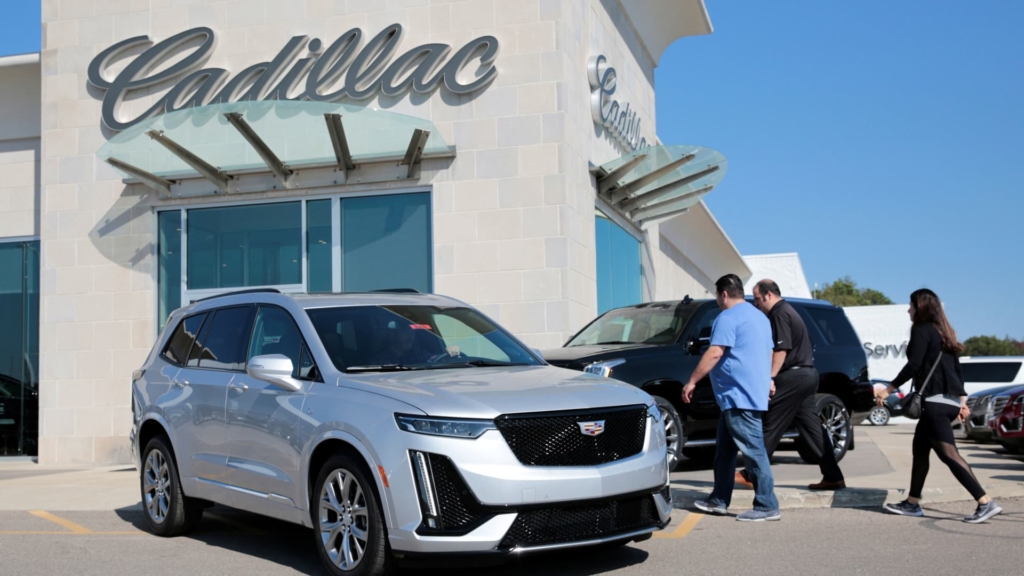DETROIT — General Motors is set to halt production of the gasoline-powered Cadillac XT6 crossover at its Spring Hill assembly plant in Tennessee by the end of this year. This decision comes as the automaker shifts gears to extend the manufacturing of the smaller XT5 model until at least the close of 2026, as revealed in an internal memorandum shared with plant employees.
According to a GM spokesperson, the recent production adjustments are not linked to tariff issues. Instead, they are part of the company’s broader strategy to transition towards a comprehensive lineup of all-electric vehicles, which includes cars, crossovers, and SUVs.
Crossovers typically combine features from traditional automobiles and sport utility vehicles (SUVs).
Cadillac has recently scaled back its plans to exclusively market electric vehicles by 2030 but remains committed to a vigorous product launch schedule. In the last year, the brand has introduced six new or revamped models, encompassing both electric and internal combustion engine vehicles.
Since 2022, the Spring Hill facility has been producing the Cadillac Lyriq, the marque’s inaugural electric vehicle. Recently, it also commenced manufacturing a new three-row crossover named the Vistiq, which is set to take the place of the XT6.
The internal memorandum pointed to “strong customer demand” as the reason for extending the production of the XT5, which was initially expected to cease production this year. In 2022, the XT5 ranked as Cadillac’s third best-selling model, trailing only the Escalade SUV and the Lyriq.
Sales performance of the XT6 has fallen short of expectations since its debut in 2019, averaging approximately 19,000 units sold annually. As the last of GM’s three-row crossovers released during that period, the XT6 shares many parts with the more affordably priced GMC Acadia.
Additionally, the plant’s leadership indicated that scheduled downtime would occur during the week of May 12. GM has confirmed this downtime and acknowledged upcoming temporary layoffs for workers, citing the need to align vehicle inventory with market demand.


























